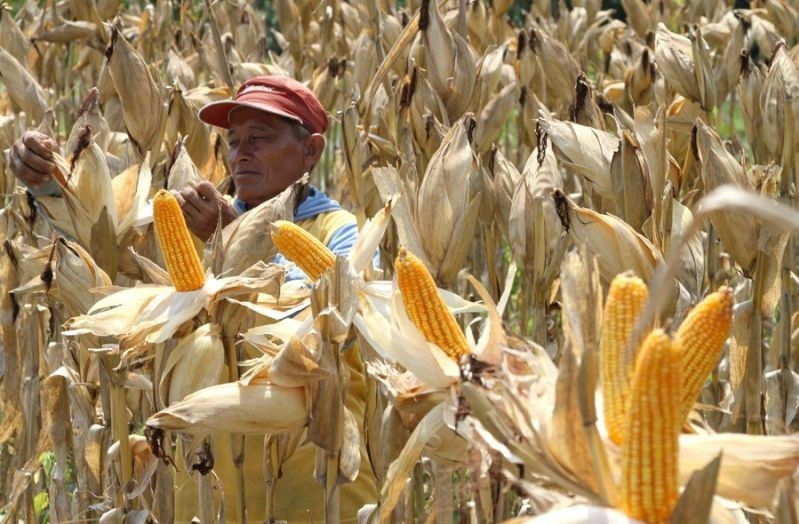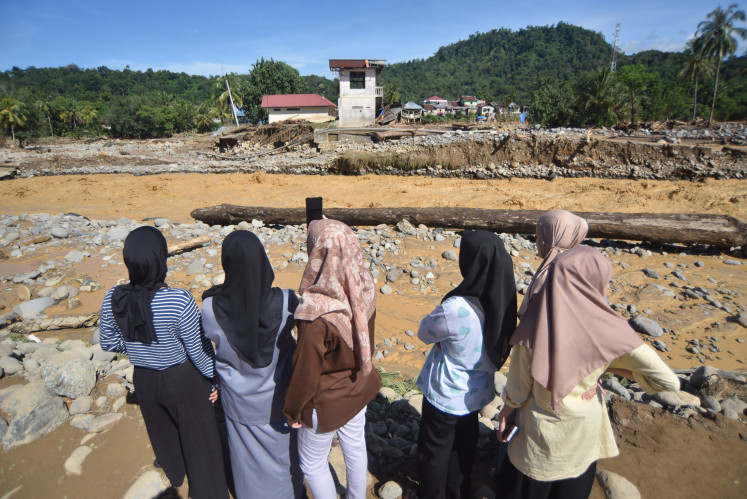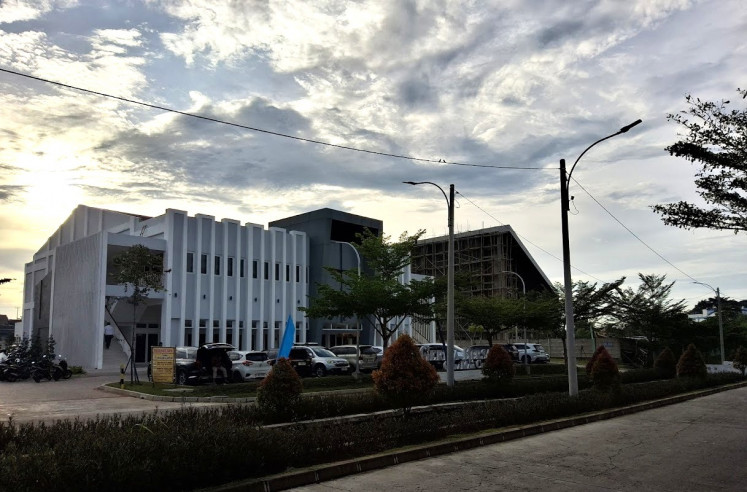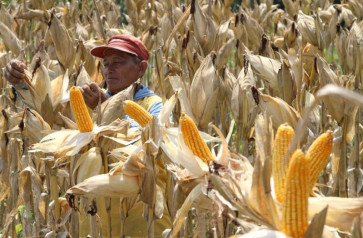Popular Reads
Top Results
Can't find what you're looking for?
View all search resultsPopular Reads
Top Results
Can't find what you're looking for?
View all search resultsA lesson learned from the new maize production data
The release of the new maize production figure is only a small step on a long road in addressing the lack of quality data for most food commodities in Indonesia.
Change text size
Gift Premium Articles
to Anyone
O
ne of the challenges for food policy in Indonesia is the availability of accurate data based on sound statistical methods or objective measurements. This issue has persisted since our independence until now. A long-term road map with specified milestones and a clear time frame is urgently needed to address this.
Most of the production data of strategic food commodities in Indonesia are not based on objective measurements. Maize production data for instance is suspected to have suffered from overestimation for decades. It happens because the measurement of the harvested areas relies on a subjective measurement called eye estimate or eye observation that has been applied since the 1970s.
Thanks to the development of the Area Sampling Frame (ASF) method to estimate the maize harvested area since 2019 by Statistics Indonesia (BPS) in collaboration with the National Research and Innovation Agency (BRIN), a more accurate figure of the maize harvested area and production was finally released by BPS on Oct. 16.
The ASF method implemented for the maize harvested area estimation is basically the replication of the same method assigned previously to rice to address the same issue of chronic overestimation in harvested areas. The estimation of the maize harvested area is conducted monthly by observing the maize growing phase of 21,965 sample crop areas (segments) sized 1 hectare across the country.
This massive survey saw the deployment of 3,941 field surveyors equipped with Computer-assisted Personal Interviewing (CAPI) to perform objective observations on 87,860 spots (four spots per segment).
The harvested area estimated consists of three areas, the type of maize harvested, namely dry pill harvested area, the young/baby corn harvested area and the forage corn harvested area. The new method also can provide a harvested area projection for the next three months that is very useful for policy mitigation and early warning systems.
BPS reported that the harvested area of maize (dry pill) in 2023 was predicted to reach 2.49 million ha, decreasing by around 280,000 ha (10.03 percent) compared with last year, which was estimated at around 2.76 million ha. By that figure, the maize production this year is projected at about 14.46 million tonnes of dry pills with 14 percent of water content. The volume declined substantially by as much as 2.07 million tons (12.50 percent) from last year.



















